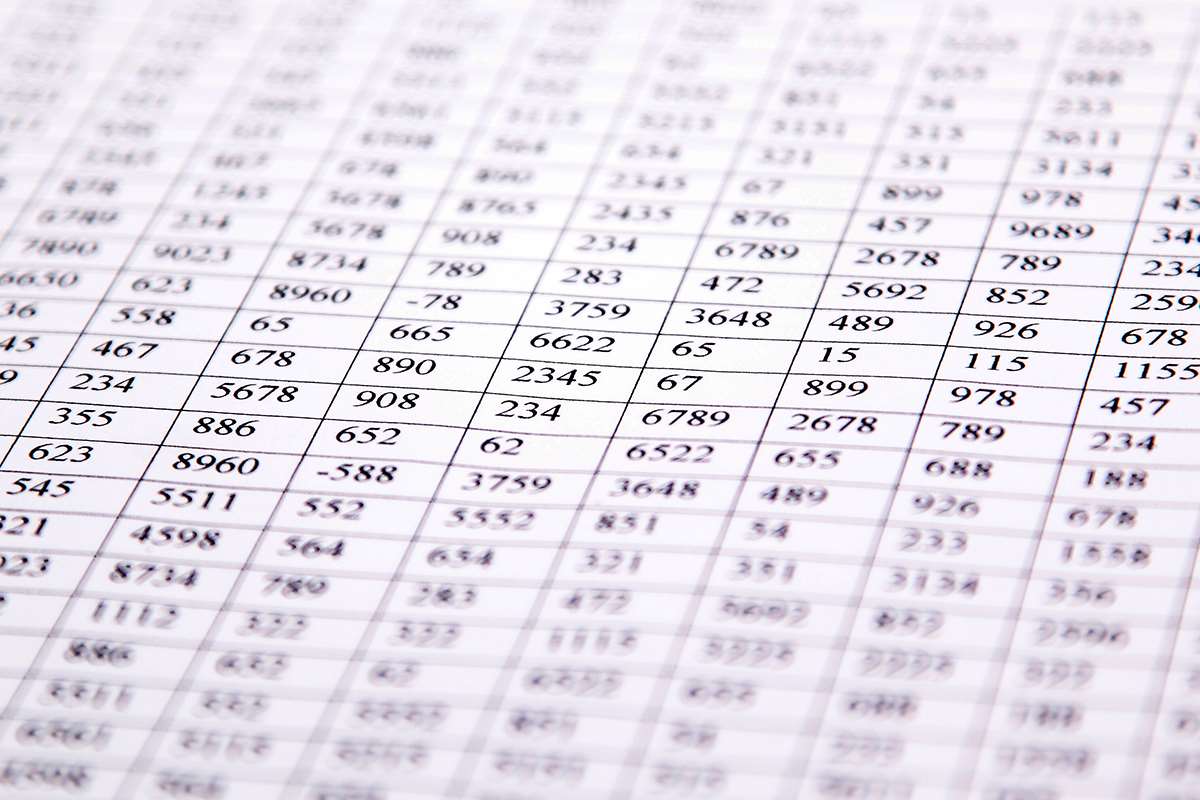Predetermined Overhead Rate Definition, Example, Formula, and Calculation
Content

However, if the overhead rate is computed annually based on the actual costs and activity for the year, the manufacturing overhead assigned to any particular job would not be known until the end of the year. For example, the cost of Job 2B47 at Yost Precision Machining would not be known until the end of the year, even though the job will be completed and shipped to the customer in March. For these reasons, most companies use predetermined overhead rates rather than actual overhead rates in their cost accounting systems. For example, an electronics company estimates that manufacturing overhead costs related to machine usage will be $100,000 per year and the total machine hours will be 50,000. The predetermined overhead rate is the estimated cost of manufacturing a product. The predetermined overhead allocation rate formula is calculated by dividing the estimated manufacturing overhead cost by the allocation base.
Is salary an overhead cost?
Examples of overhead include rent, administrative costs, or employee salaries. Overhead expenses can be found on a company's income statement, where they are subtracted from its income to arrive at the net income figure.
Companies typically base their predetermined overhead rateson the estimated, or budgeted, amount of allocation base for the upcoming period. This is the method that is used in this chapter, but it is practice that is recently come under severe criticism.
What Is the Predetermined Overhead Rate?
This is done by dividing total overhead by the number of direct labor hours. This means for every hour needed to make a product, you need to allocate $3.33 worth of overhead to that product. Once you’ve identified and calculated your total indirect expenses, it’s time to choose an overhead allocation method so you can properly contextualize the results and make the right strategic decisions. Some of the most commonly used include total sales, the number of direct labor hours, the cost of direct labor, and total machine hours. Figure 8.41shows the monthly manufacturing actual overhead recorded by Dinosaur Vinyl. As explained previously, the overhead is allocated to the individual jobs at the predetermined overhead rate of $2.50 per direct labor dollar when the jobs are complete. The allocation base can differ depending on the nature of the costs involved.

The use of historical information to derive the amount of manufacturing overhead may not apply if there is a sudden spike or decline in these costs. Predict the cost of electricity (using all the three methods 1-3) for the month in which machine hours are used. The overhead rate for the molding department is $6 per machine hour. The difference between actual and pre-determined amounts could be huge. And this difference could add to the expense in the current period. Not only profit, but it is also useful in other types of variance analysis.
A Note on the Limitations of the Predetermined Overhead Rate Formula
Now, calculate the predetermined overhead rate for the departments listed above. Large companies will typically have a predetermined overhead rate for each production department. Next, calculate the predetermined overhead rate for the three companies above. Ralph’s Machine Tools Company had an estimated manufacturing overhead cost of $15,000 for the upcoming year. The high-low method is an accounting technique used to separate out fixed and variable costs in a limited set of data. It involves taking the highest level of activity and the lowest level of activity and comparing the total costs at each level. Blanket overhead rate is one single overhead absorption rate for the whole factory.
- The manufacturing overhead could be spread across all three accounts to be more accurate, but this is more time consuming.
- If 500 units were made during one month, and 2,000 units were made the next month, the cost per unit would vary from $2 per unit to $0.50 per unit.
- The predetermined rate is also used for preparing budgets and estimating jobs costs for future projects.
- Figure 8.41shows the monthly manufacturing actual overhead recorded by Dinosaur Vinyl.
Profits will be affected and assets may need to be worked beyond their capacity too. The rates aren’t realistic because they are based on accounting estimates. Different businesses have different ways of costing; some use the single rate, others use multiple rates, and the rest use activity-based predetermined overhead rate formula costing. Plz can you explain me how to compute percentage of FOH which is based on direct labor. Company X and Company Y are competing to acquire a massive order as that will make them much recognized in the market, and also, the project is lucrative for both of them.
Characteristics of the predetermined overhead rate
The application rate that will be used in a coming period, such as the next year, is often estimated months before the actual overhead costs are experienced. Often, the actual overhead costs experienced in the coming period are higher or lower than those budgeted when the estimated overhead rate or rates were determined.
- The predetermined overhead rate is used to price new products and to calculate variances in overhead costs.
- Dorothy’s Hat Company computed a predetermined overhead rate based on annual machine hours.
- Although Figure 3.3 “Using Department Rates to Allocate SailRite Company’s Overhead” shows just two rates, many companies have more than two departments and therefore more than two rates.
- Now take a total of overhead cost and then divide the same by the allocation base determined in step 3.
Finally, using a predetermined overhead rate can result in inaccurate decision-making if the rate is significantly different from the actual overhead cost. Sales of each product have been strong, and the total gross profit for each product is shown in Figure 6.7. Using the Solo product as an example, 150,000 units are sold at a price of $20 per unit resulting in sales of $3,000,000. The cost of goods sold consists of direct materials of $3.50 per unit, direct labor of $10 per unit, and manufacturing overhead of $5.00 per unit. With 150,000 units, the direct material cost is $525,000; the direct labor cost is $1,500,000; and the manufacturing overhead applied is $750,000 for a total Cost of Goods Sold of $2,775,000. If it is significant, it will have a huge impact on the financial statement.
Computing the Predetermined Overhead Rate
For example,Figure 8.41shows the monthly costs, the annual actual cost, and the estimated overhead for Dinosaur Vinyl for the year. While the total amounts are close to each other, they are https://www.bookstime.com/ not exact. The formula for the predetermined overhead rate is purely based on estimates. Hence, the overhead incurred in the actual production process will differ from this estimate.
The production manager has told us that the manufacturing overhead will be $ 500,000 for the whole year and the company expected to spend 20,000 hours on direct labor. The management concern about how to find a predetermined overhead rate for costing. A predetermined overhead rate is an allocation rate that is used to apply the estimated cost of manufacturing overhead to cost objects for a specific reporting period.
Operating expenses typically comprise costs like direct materials, equipment and machinery, labor hours and the machine hours a company requires to manufacture its products. Overhead expenses are the expenses that a company uses to run the company and sell products. These costs don’t change when the number of units the company produces changes. For example, a business’s rent doesn’t go up or down whether they produce 10,000 units in an allocation period or none. Suppose that X limited produces a product X and uses labor hours to assign the manufacturing overhead cost. The estimated manufacturing overhead was $155,000, and the estimated labor hours involved were 1,200 hours. Basically, account managers use this rate to allocate overhead costs to the entire production process, depending on the rate and the activity base.


Write a Comment